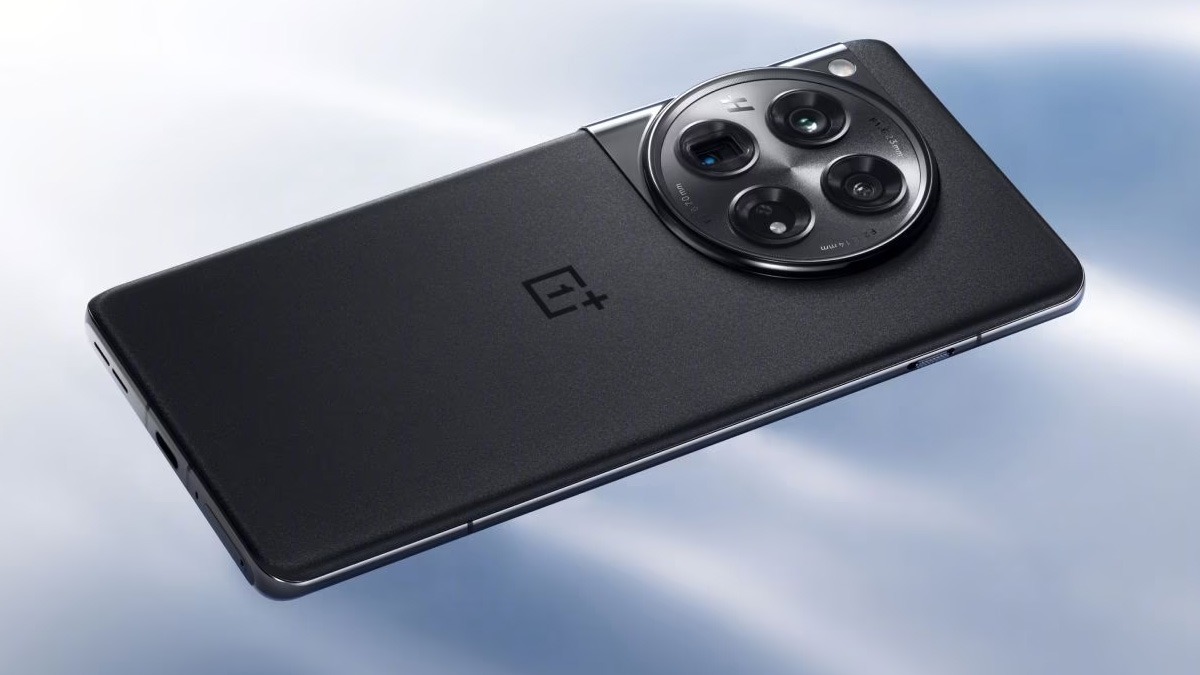Just In
- 13 hrs ago

- 15 hrs ago

- 15 hrs ago

- 16 hrs ago

Don't Miss
- Finance
 2:1 Bonus Issue: IT Penny Stock Turned; 1,600 Shares Market Lot Size Revised To 4,800 Shares
2:1 Bonus Issue: IT Penny Stock Turned; 1,600 Shares Market Lot Size Revised To 4,800 Shares - Movies
 Bigg Boss Malayalam 6 Voting Trends: Saranya, Sreerekha or Jaanmoni; Who Will Get Least Votes On Mohanlal’s Sh
Bigg Boss Malayalam 6 Voting Trends: Saranya, Sreerekha or Jaanmoni; Who Will Get Least Votes On Mohanlal’s Sh - Sports
 Manchester City vs Chelsea LIVE Streaming: Where to Watch FA Cup Semi-Final in India, UK, USA and Other Countries
Manchester City vs Chelsea LIVE Streaming: Where to Watch FA Cup Semi-Final in India, UK, USA and Other Countries - Lifestyle
 Golden Rules To Follow For Happy Marriage For A Long Lasting Relationship
Golden Rules To Follow For Happy Marriage For A Long Lasting Relationship - News
 Chinese President Xi Jinping Orders Biggest Military Reorganisation Since 2015
Chinese President Xi Jinping Orders Biggest Military Reorganisation Since 2015 - Education
 Exam Pressure Does Not Exist; Studying Punctually is Crucial; Says Aditi, the PSEB 2024 Topper
Exam Pressure Does Not Exist; Studying Punctually is Crucial; Says Aditi, the PSEB 2024 Topper - Automobiles
 Suzuki Swift Hatchback Scores 4 Star Safety Rating At JNCAP – ADAS, New Engine & More
Suzuki Swift Hatchback Scores 4 Star Safety Rating At JNCAP – ADAS, New Engine & More - Travel
 Journey From Delhi To Ooty: Top Transport Options And Attractions
Journey From Delhi To Ooty: Top Transport Options And Attractions
New technology enables solar cells to absorb more light
A team of scientists at Stanford University, that includes an Indian origin researcher, has discovered how to make the shiny upper metal contact 'invisible' to light, thereby funnelling light directly into the cell.

Their findings could lead to a new paradigm in the design and fabrication of solar cells. In most solar cells, the upper contact consists of a metal wire grid that carries electricity to or from the device. But these shiny wires also prevent sunlight from reaching the semiconductor.
SEE ALSO: 10 Most important differences between Mac and PCs
"Using nanotechnology, we have developed a novel way to make the upper metal contact nearly invisible to incoming light," said study lead author Vijay Narasimhan, who conducted the work as a graduate student at Stanford.
"The more metal you have on the surface, the more light you block. That light is then lost and cannot be converted to electricity," explained study co-author Yi Cui, an associate professor of materials science and engineering.
Metal contacts, therefore, face a seemingly irreconcilable trade-off between electrical conductivity and optical transparency. The solution: Create nanosized pillars of silicon that "tower" above the metal surface and redirect the sunlight before it hits the metallic surface.
SEE ALSO: Hands-on with Obi Worldphone SF1: A Great Looking Smartphone Which Comes With A Killer Price Tag!
The scientists immersed silicon and a perforated gold film together in a solution of hydrofluoric acid and hydrogen peroxide. The gold film immediately began sinking into the silicon substrate, and silicon nanopillars began popping up through the holes in the film.
Within seconds, the shiny gold surface turned dark red. This dramatic colour change was a clear indication that the metal was no longer reflecting light. "As soon as the silicon nanopillars began to emerge, they started funnelling light around the metal grid and into the silicon substrate underneath," Narasimhan explained. The findings were published in the journal ACS Nano.
Source IANS
-
99,999
-
1,29,999
-
69,999
-
41,999
-
64,999
-
99,999
-
29,999
-
63,999
-
39,999
-
1,56,900
-
79,900
-
1,39,900
-
1,29,900
-
65,900
-
1,56,900
-
1,30,990
-
76,990
-
16,499
-
30,700
-
12,999
-
62,425
-
1,15,909
-
93,635
-
75,804
-
9,999
-
11,999
-
3,999
-
2,500
-
3,599
-
8,893












































